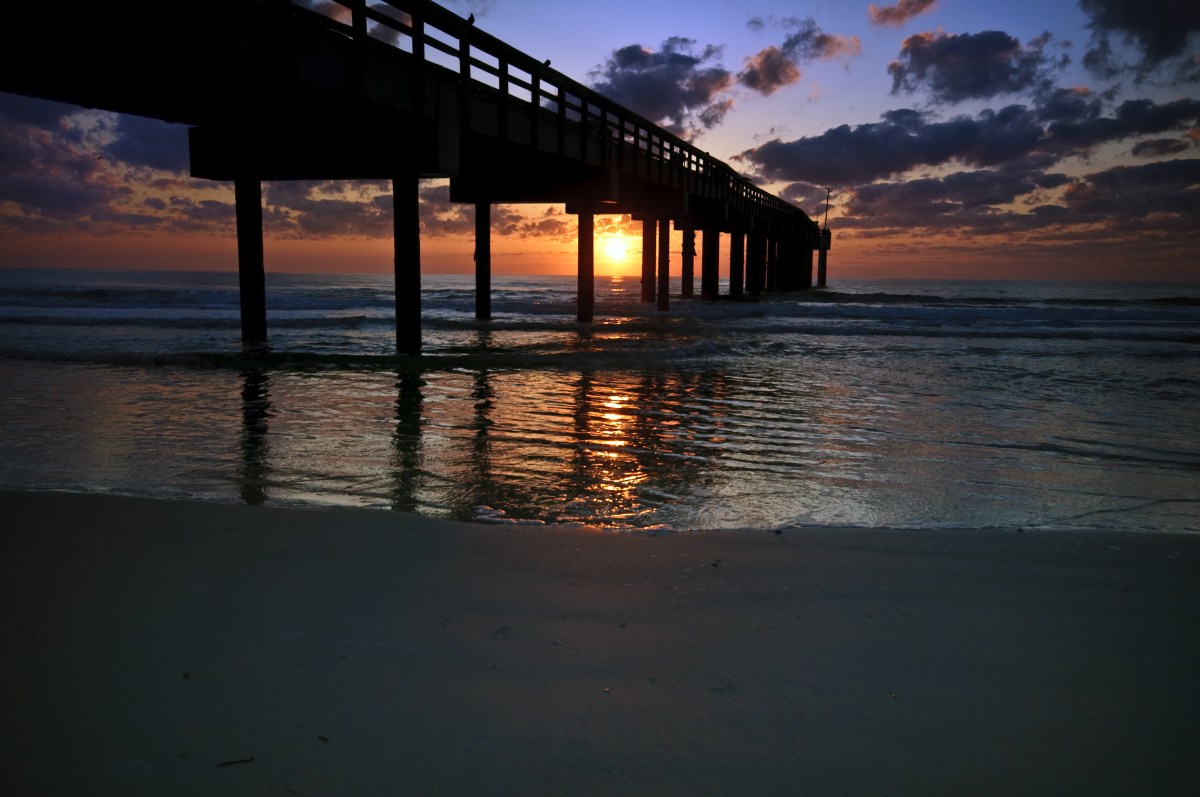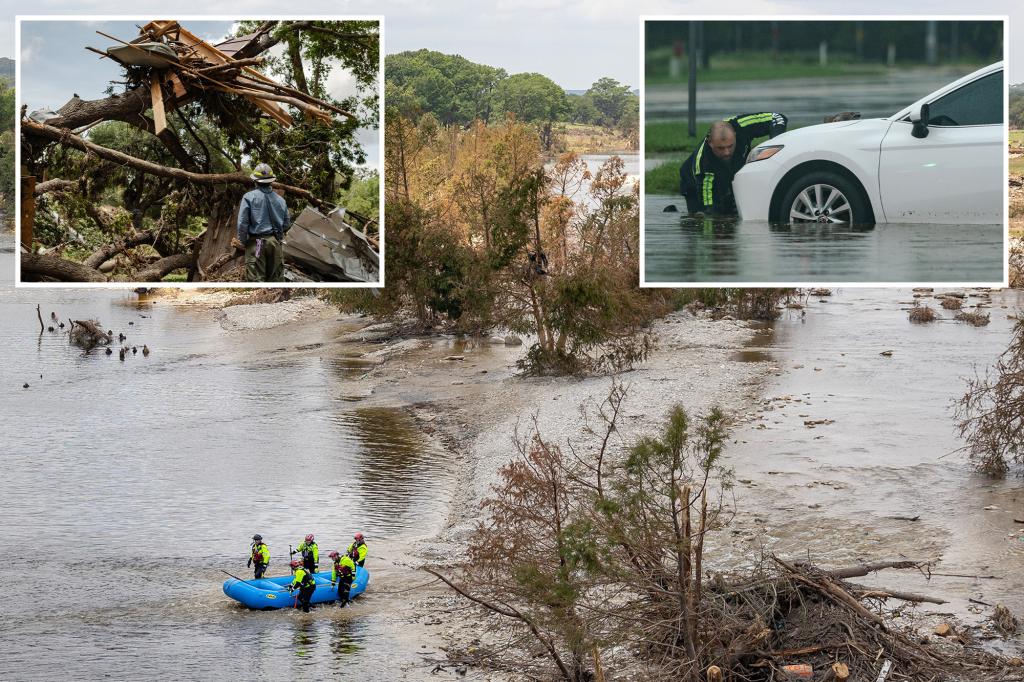Hurricane Dorian Intensifies: What a Category 5 Storm Means for the Coast
As Hurricane Dorian escalates to a powerful Category 5 storm, residents along the eastern seaboard are bracing for what could be an unprecedented natural disaster. The current trajectory of Dorian has meteorologists and emergency management officials on high alert, as the potential for severe impacts grows with each passing hour.
Understanding Category 5 Hurricanes
A Category 5 hurricane is the highest classification on the Saffir-Simpson Hurricane Wind Scale, defined by sustained wind speeds exceeding 157 miles per hour. These storms are characterized not only by their extreme winds but also by the significant storm surge and heavy rainfall that accompany them. The catastrophic nature of such storms can lead to complete destruction of buildings, severe flooding, and loss of life.
The Current Situation
As of the latest reports, Hurricane Dorian is expected to make landfall within the next 48 hours. This timeline has prompted officials to urge residents in vulnerable areas to evacuate immediately. Shelters are being prepared, and emergency services are mobilizing to respond to the anticipated devastation.
Potential Impacts of Dorian
- Wind Damage: The sustained winds of a Category 5 hurricane can obliterate structures, uproot trees, and cause extensive damage to power lines.
- Storm Surge: Coastal areas should prepare for storm surges that can exceed 20 feet, leading to severe flooding and erosion.
- Rainfall: Forecasts predict rainfall amounts exceeding 15 inches, which can exacerbate flooding in already saturated areas.
Historical Context
Hurricane Dorian is not the first storm to reach Category 5 status, but its intensity and potential path raise concerns reminiscent of past hurricanes such as Hurricane Andrew in 1992 and Hurricane Irma in 2017. Both of these storms resulted in extensive damage and loss of life, highlighting the importance of preparedness and timely evacuation.
Lessons Learned from Previous Hurricanes
The devastation caused by previous hurricanes has led to improved forecasting and emergency response strategies. However, each storm presents unique challenges. For instance, Hurricane Katrina in 2005 exposed significant failings in emergency management, urging officials to reassess evacuation protocols and resource allocation.
Preparing for Dorian
Residents are advised to take immediate action to ensure their safety:
- Gather emergency supplies, including non-perishable food, water, medications, and first aid kits.
- Secure your property by boarding up windows and bringing in outdoor furniture.
- Follow local authorities’ guidance regarding evacuation orders and shelter locations.
The Future of Hurricanes
With climate change influencing weather patterns, scientists warn that we may see an increase in the frequency and intensity of hurricanes. The warmer ocean temperatures contribute to the development of more powerful storms, raising questions about preparedness and infrastructure resilience along coastlines.
Conclusion
As Hurricane Dorian approaches, the potential for catastrophic impacts looms large. Communities must rally together to support one another and heed the warnings of experts. The lessons learned from past hurricanes underscore the importance of preparedness, resilience, and an unwavering commitment to safeguarding lives and property.
Stay informed through trusted news sources and official announcements as this situation develops. The time to prepare is now, as the consequences of inaction can be devastating.
See more Your Daily Weather



